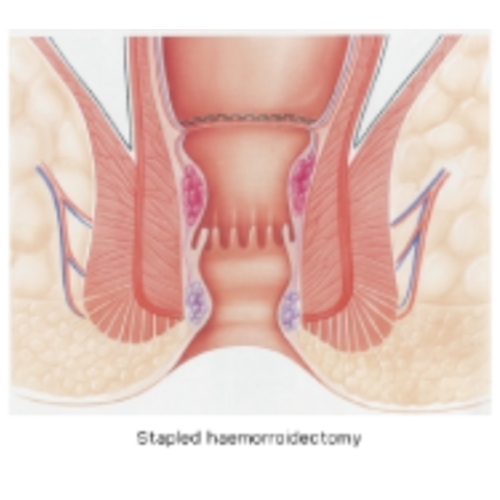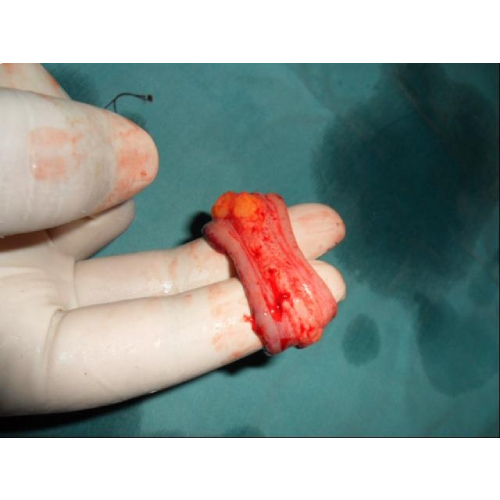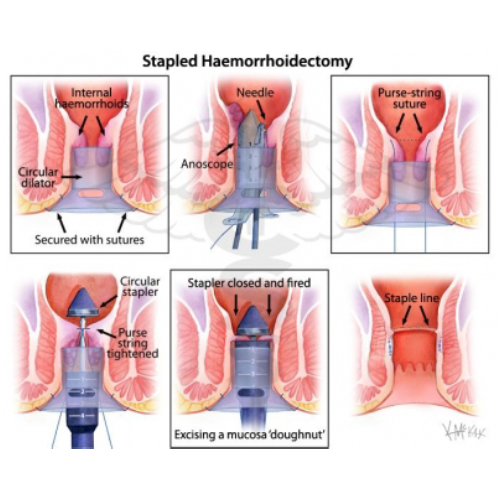





What are the commonly occurring peri-anal problems?
What symptoms I can have, if I am suffering from peri-anal problems?
How do I know I am suffering from which peri-anal problem?
You have to visit your surgeon who will do thorough peri-anal examination and will come to final diagnosis.
What are treatment options available?
Medical treatment in form of laxatives, antibiotics and anti-inflammatory drugs can temporarily relieve the symptoms.
Patients not responding to or persistent symptoms after medical treatment, will require surgical intervention.
What are surgical options for peri-anal problems?
Procedure commonly performed these days is Stapler haemorrhoidectomy (Minimally Invasive procedure for haemorrhoids), wrongly called as ‘laser or doorbeen wala operation’ by many patients.
A circular stapler is used to remove a part of rectal wall, where vessels feeding the haemorrhoids are removed and sealed.
Benefits of stapler haemorrhoidectomy:
Other procedure is Conventional (Milligan-Morgan) haemorrhoidectomy, using stitches. Some patients where stapler haemorrhoidectomy is not feasible, may require this procedure. Benefits of Stapler haemorrhoidectomy are lacking in this procedure. Your surgeon will decide the best procedure for you considering patient’s safety as priority.
Lateral internal sphincterotomy, where internal anal sphincter is cut at a point to relieve the anal spasm.
Fistulectomy, where the complete fistula tract is excised. Fistulotomy, where the fistula tract is laid open. Wound created is allowed to heal by secondary intention.
How is the recovery after peri-anal procedures?
Most of these procedures are done in day care or discharged next day morning.
Performed under general or spinal anaesthesia.
Patients are allowed oral diet and made to walk within 4 hours after the procedure.
Patients with fistula may require daily dressings for some days.
Routine follow up is done after 1 week in opd.
People can resume offices within some days as per their comfort level.
Why you should visit your surgeon early, if you have peri-anal problems?
Chronic blood loss may lead to severe anaemia and generalised weakness.
Peri-anal fissure or fistula may progress to peri-anal abscess, which makes surgical management more painful and difficult.
“Peri-anal problems shouldn’t be ignored as disease can progress over time and u will present to your doctor in a bad situation.”